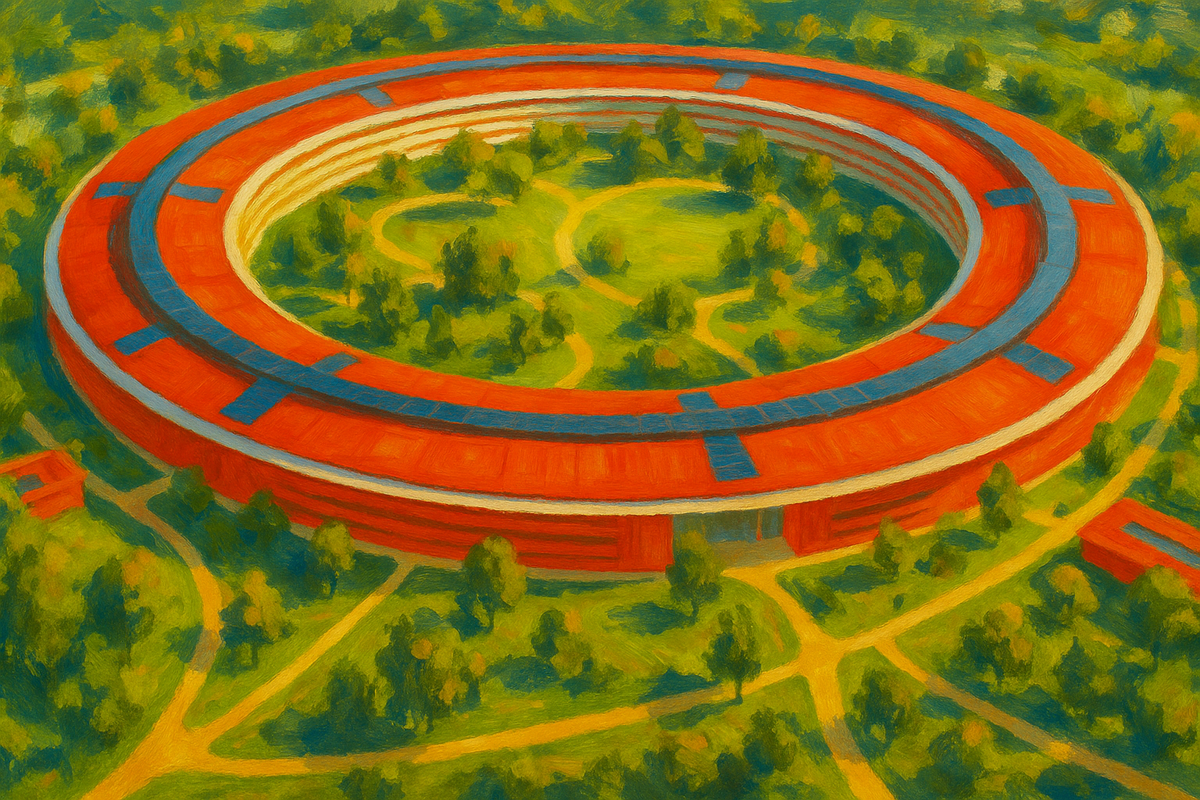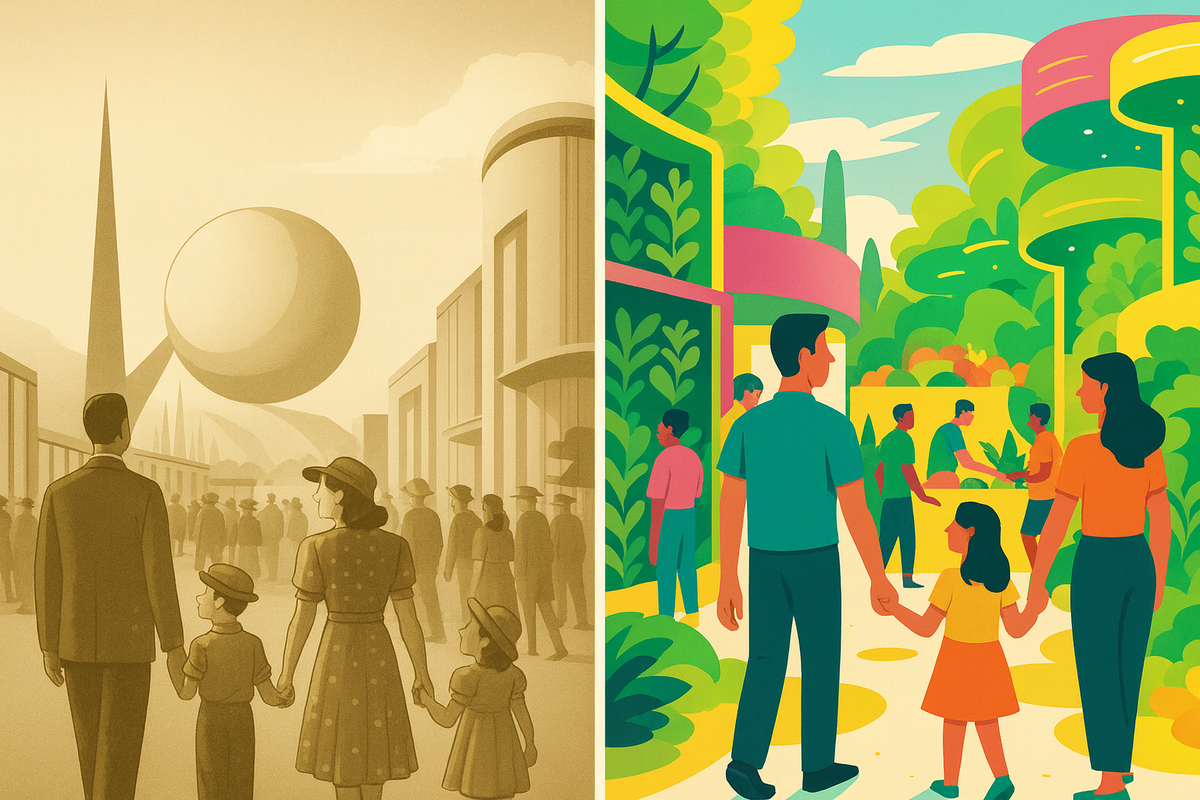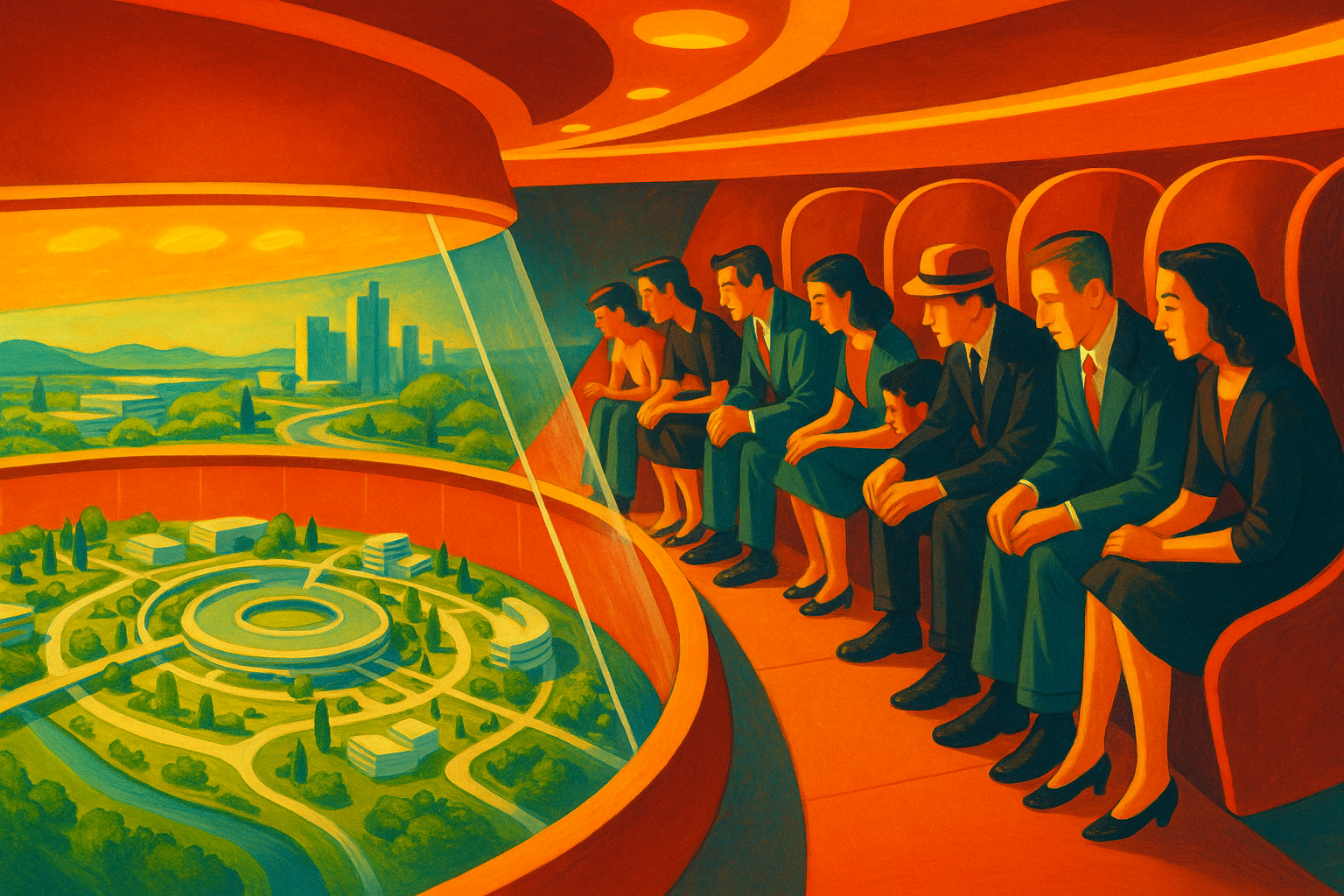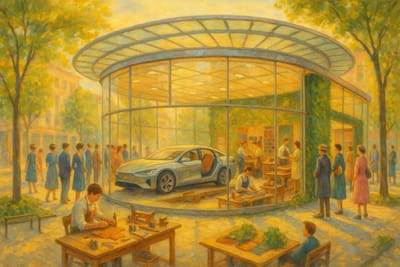From Milkshakes To Meaning

Jobs To Be Done Is the Cipher of the Circular Century
This is the second Letter in the Circudyne Odyssey series, in which we explore significant achievements in strategy and philosophy as they pertain to circular transformation. Last week’s was about Roger Martin’s incisive provocation “What Would Have To Be True?”

Today we look at one of the signature ideas from the late, great Clayton Christensen: Jobs To Be Done (JTBD). Our coverage comes in two parts.
First, how can JTBD resolve existing contradictions in implementing circularity?
And later, how can JTBD inform a frontier understanding of serving consumers in the Circular Century? It gets a little wild.
- From Milkshakes To Meaning
I. JTBD Resolves Existing Contradictions
The Parable of the Commuter Milkshake
McDonald’s wanted to sell more milkshakes, so researchers asked customers what kind they preferred. Sweeter? Thicker? More chocolate? None of the answers explained buying behavior.
Clay Christensen’s team discovered that many buyers were morning commuters who “hired” a milkshake to make a long, dull drive tolerable. The milkshake was as much a companion as it was a beverage.
That insight led to the Jobs To Be Done (JTBD) framework. The big idea? People don’t buy products; they hire them to make progress in their lives.
That makes JTBD perfectly compatible with circular principles. One of the pillars of circularity is Walter Stahel’s Performance Economy—the idea that value is realized in use, not from ownership.
Stahel reframes business success around maintaining performance rather than maximizing production, rewarding firms for durability, repair, and service.
Christensen and Stahel present two beneficial alternatives to conventional ideas of ownership. Christensen’s Jobs To Be Done explains why people “hire” products—to make progress in their lives, and Stahel shows the what for—performance.
Together, they constitute the demand-side motive and the mechanism of a circular economy: earning by sustaining outcomes, not by exhausting inputs.
The Say-Do Gap
Sustainability professionals lament a mystery like the one JTBD solved for McDonald’s: consumers say they want “sustainable” products, but their revealed preferences tell another story.
The “say-do gap” is less hypocrisy than mismatch: sustainable options rarely fulfill the full spectrum of emotional and functional jobs to be done.
Consumers are not in a position to execute on their preference for at-scale, full-spectrum circular solutions, because those solutions do not yet exist.
When brands present consumers with a choice between the products they know, and “sustainable” versions that compromise must-haves like price, quality, and convenience, they are forced to answer in a binary way.
The context of a survey allows them to express their preference for sustainable over non-sustainable; the context of the market does not. The framing of the test obscures the truth—that they are waiting for something else.
JTBD resolves this. It considers the preferences of the consumers by meeting them where they are, not forcing them into categories and false choices.
Circular innovators cannot delegate their jobs to their customers, who in turn are frustrated waiting for something better.
II. JTBD as a Predictor of Circular Service Concepts
From Consumption to Continuity
In a linear economy, success means being chosen. In a circular one, it means being kept.
A well-designed object doesn’t just perform a task once; it earns a career. Repair, upgrade, reuse—each is a re-hire. Every touchpoint is an opportunity to add value.
This is where the milkshake parable evolves into a societal metaphor: the true job of the circular economy is not to slow consumption, but to sustain relationship. We stop optimizing the sale and start architecting for ongoing relevance.
The Job of the Enterprise
Circudynamics expands the JTBD lens beyond products to enterprises themselves. What job does a company perform for society, ecosystems, and future generations?
Each of the five circular archetypes represents a distinct kind of work the enterprise is hired by the world to do:
1. Circular Design → Designing for future employability
2. Resource Recovery → Reanimating material value
3. Product Life Extension → Maintaining attachment and trust
4. Product-as-a-Service → Replacing ownership with relationship
5. Enabling Solutions → Coordinating the system itself
Circular transformation, therefore, is not a materials strategy—it’s a redefinition of organizational purpose.

The Data Delusion
Christensen warned that firms segment by demographics instead of motives. We repeat the mistake when we measure carbon instead of care. Data describes what happened, not why.
Roger Martin reminds us: there is no data from the future. To sense emerging jobs, we must imagine them. Foresight, not hindsight, is the real analytic edge.
Circular strategists, then, are less like accountants than anthropologists of possibility, reading the signal 0f unspoken need from the noise of the present.
Rehiring the World
The industrial era hired the economy to do one job: grow through throughput. But that season is ending. It won’t continue because it can’t. Degrowth will not replace it.
The Circular Century recruits civilization for a new task: to enable prosperity without waste.
Call it moral reform, or managerial redesign: a global restructuring of what “progress” means and how it’s delivered.
Circular transformation is civilization’s midlife career switch. We are rewriting the job description of the world.
Cultural and Emotional Jobs
People hire brands to perform emotional labor. They hire stories to organize hope.
Brands succeed when they fill the mythology gap between how people live and how they wish to live.
They must offer not asceticism but aspiration— not less pleasure, but better pleasure.
As Douglas Holt might say: circularity becomes iconic when it makes stewardship feel like status.

The Future Job: Stewardship
At its deepest level, JTBD reveals that humanity’s enduring job isn’t production—it’s care.
Circular systems exist to make care economically viable.
The strategist’s work is to build architectures where stewardship scales—where continuity becomes the competitive advantage.
The Cipher Code
The genius of Christensen’s insight is that it turns observation into code. JTBD is the cipher that translates behavior into intention.
For the Circular Century, JTBD foretells why people buy, and why societies build, maintain, and renew.
The milkshake’s secret was never, as many thought, sweetness—it was companionship.
Circularity’s secret is not, as many think, compliance—it will be continuity.
Closing Reflection
The Circular Century will be remembered less for the technologies it inspires us to invent than for the questions it asks of us. JTBD provides the root code for that purpose.
Christensen taught us that behind every purchase is a purpose.
Circular strategy extends that revelation: behind every system is a soul. An intent to serve.
The milkshake parable was a customer insight exercise that yielded a poignant truth about human nature: we’re lonely on our commutes.
JTBD applied to the circular transformation will yield many more insights like that. It will be an awakening.
💬 Discuss this post: mention @christian@circudyne.com on Mastodon or your favorite fediverse app.
Catalytic Questions for Practitioners
(content below the paywall)
To translate these ideas into practice, each Circudyne archetype poses its own catalytic question—a prompt in the What Would Have To Be True format to unlock circular advantage.

Subscribe to continue reading









